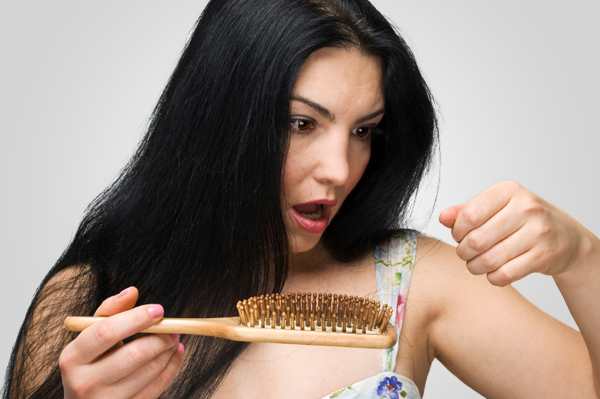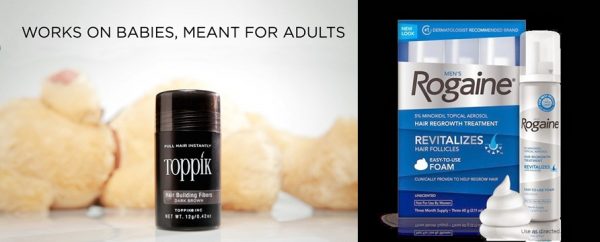Can Foods and Vitamins Stop DHT?
The male hormone, testosterone, is converted into dihydrotestosterone, or DHT, by an enzyme in the body called 5-alpha reductase, according to the University of Maryland Medical Center, or UMMC. DHT is believed to be a key contributor in male baldness -- and may even promote prostate cancer, according to the Prostate Cancer Foundation. Some foods and vitamins may block the formation of DHT.
Soy
Soy, a member of the pea family, has been a fixture in Asian diets for thousands of years, according to the National Center for Complementary and Alternative Medicine, or NCCAM. High-protein seeds from the soy plant contain estrogen-like compounds called isoflavones -- and according to Dr. Ray Sahelian, soy also contains a molecule that prohibits the formation of DHT, which is thought to benefit prostate cancer. Preventive Medicine and Nutrition reports that an analysis of 14 studies published in the "American Journal of Clinical Nutrition" determined that soy reduced prostate cancer by as much as 26 percent. Soy is found in foods containing soybeans, or edamame, such as soy milk, tofu, tempah, miso, vegetarian meats and soy cheeses and in supplement forms, as well. Though believed beneficial for some conditions, you should consult your doctor before adding soy to your diet.
Phytosterols
Phytosterols, plant-derived sterols similar to human cholesterol, may reduce levels of DHT, according to the Linus Pauling Institute, or LPI. The diets of early humans contained many phytosterols; however, modern Western diets are said to be lacking in these beneficial sterols. The LPI reports that animal investigations suggest that a diet high in phytosterols may inhibit the enzyme, 5-alpha reductase and block the production of DHT. You can obtain phytosterols through food sources, including wheat germ, sesame oil, corn oil, canola oil, peanuts, almonds, macadamia nuts, Brussels sprouts, olive oil and rye bread.
Biotin
According to Medline Plus, the vitamin biotin is a vital enzyme-component in your body that breaks down fats, carbohydrates and other compounds. Some preliminary evidence also suggests that biotin may reduce hair loss -- associated with DHA levels -- when combined with a zinc cream, reports Medline Plus. The LPI recommends that adults receive a biotin intake of 30 mcg daily. Biotin can be obtained through supplements and food sources. Egg yolk, liver and yeast are considered the best sources of biotin; however, lesser amounts of this vitamin are found in many foods, including whole-wheat bread, cheddar cheese, pork, salmon, raspberries and avocado.








